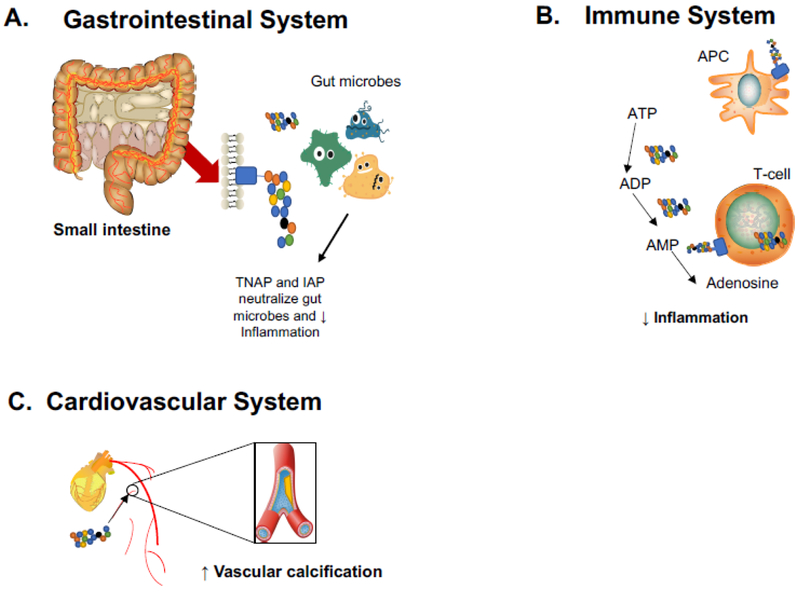Figure 1. Role of alkaline phosphatase isoenzymes in the periphery:
AP plays an important role in the physiology and pathophysiology of many organ systems. AP’s actions in the gastrointestinal, immune, and cardiovascular systems are most relevant to the systemic immune response in ischemic stroke. A.) In the gastrointestinal system, both TNAP and intestinal AP play an important anti-inflammatory role by neutralizing gut microbes. B.) Immune system: Numerous peptides, lipids, and other molecules are recognized by antigen-presenting cells (APC) to activate T-cells in the periphery. During T-cell activation adenosine triphosphate (ATP) is released, contributing to the inflammatory environment. TNAP can convert ATP to the anti-inflammatory molecule adenosine through stepwise conversion of ATP to adenosine diphosphate (ADP) and adenosine monophosphate (AMP). C.) Cardiovascular system: An excess of bone AP contributes to vascular calcification, leading to stiff muscle walls and, eventually, atherosclerosis.

